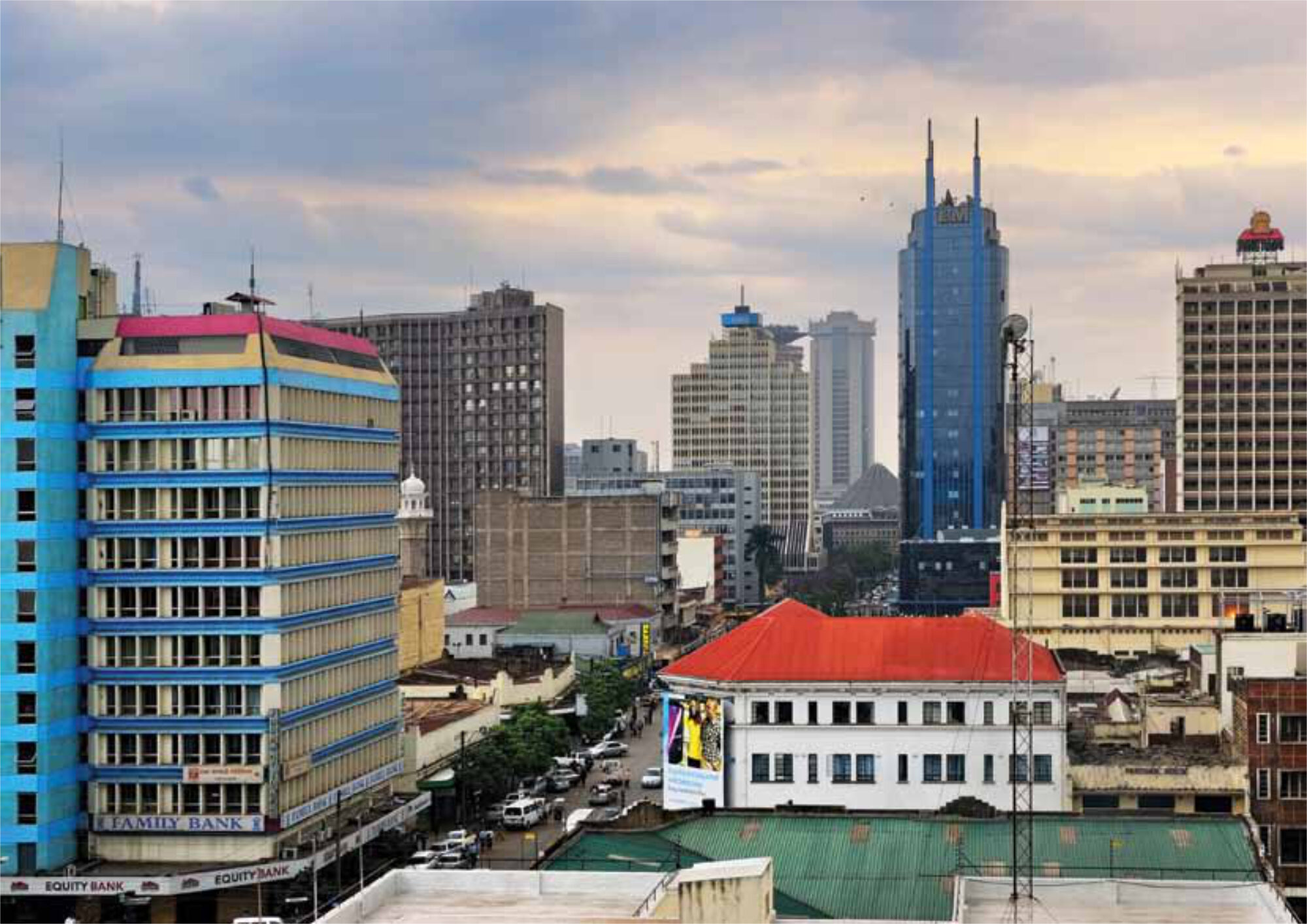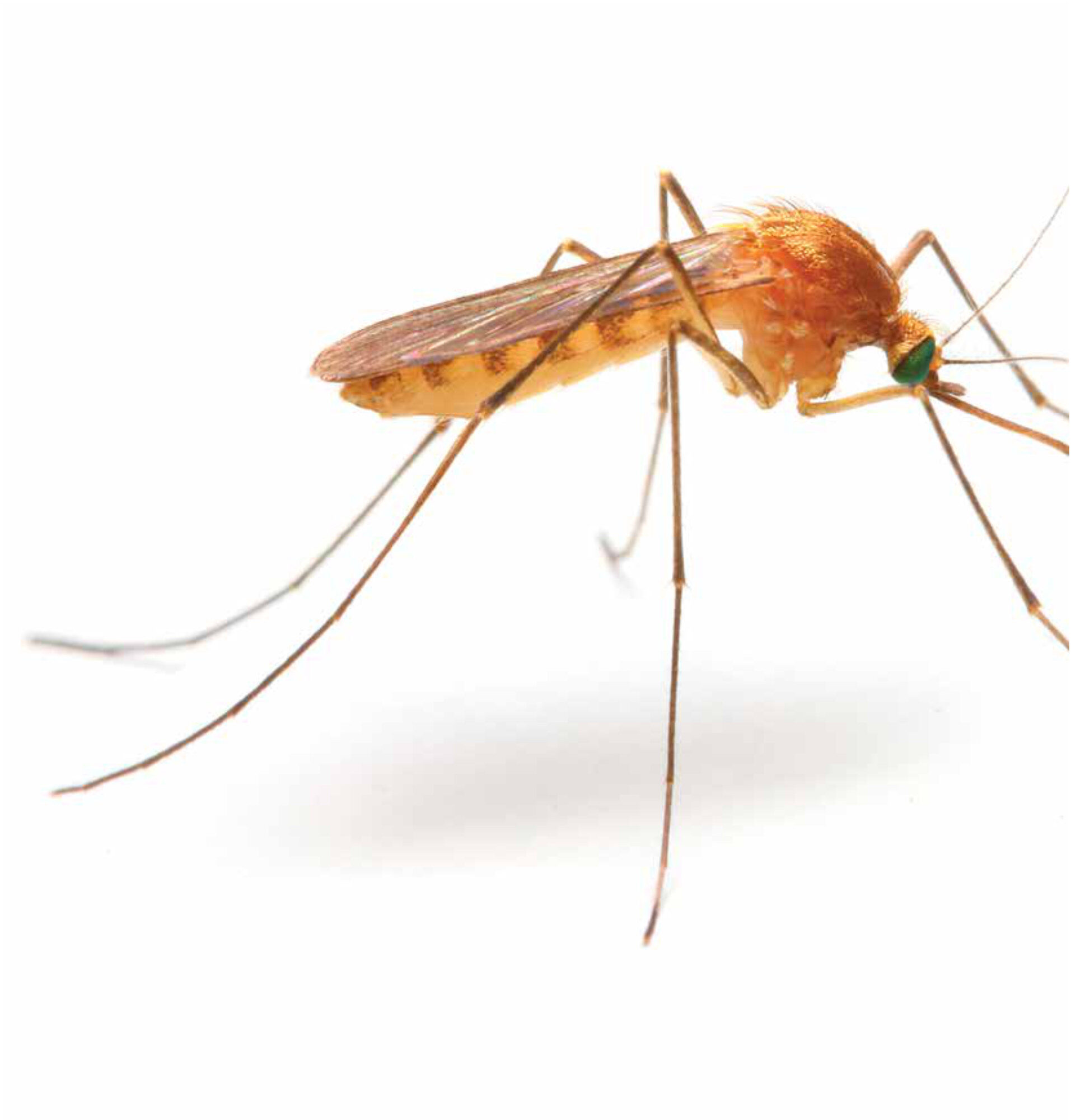Main content
Interview with Arnoud Verhoeff, keynote lecturer at the coming symposium ‘Sick Cities or Healthy Habitats’, by the Netherlands Society for Tropical Medicine and International Health and the Royal Tropical Institute
On the 16th of October you will hold a keynote lecture at the symposium ‘Sick Cities or Healthy Habitats’. The title of your lecture is ‘Global Health Issues in an Urbanizing Century’. What are you going to discuss?
At this moment, half of humanity lives in urban areas and this proportion will only grow. I will talk about the differences in urbanization in high- and low-income countries and the effects of urbanization on public health and health care.
How did you become interested in urban health?
After finishing my Master’s in Biology/Biomedical Sciences I was placed with the Public Health Service in Amsterdam as a substitute for the compulsory military service of that moment. There I became interested in the city as an epicentre of public health and the interface of research, practice and policy within the Public Health Department.
How does it feel for you to speak for an audience that is mainly interested in international health and tropical medicine?
I have also been in low-income countries for my work, so I am looking forward to talk for a different, internationally orientated audience.
What experiences do you have with urban health in developing countries?
The Public Health Service Amsterdam has various international exchange programmes. For example, a few years ago there was a request from the Public Health service of Accra, Ghana. They were specifically interested in our experience with reaching difficult target populations, like men having sex with men and sex workers, for prevention programmes for HIV/AIDS.
Another example is our exchange programme with Paramaribo, Surinam. Together with the local Surinam community leaders in Amsterdam and Paramaribo, we thought of a way to equalize our specific prevention programmes for infectious diseases and mental health, and to make them applicable for both the local situation in Paramaribo and Amsterdam.
What recent accomplishments of the Public Health Service Amsterdam are you most proud of?
Personally, I am most proud when outcomes of observational data and research into important health trends within the city are being translated into policy. For example, since a few years we have been very busy with understanding and finding solutions for the complex epidemic of overweight. Recently, in cooperation with the City Council, we were able to realize a long-term strategy for the next 20 years. This was an important and innovative achievement, because until now most of the local public health policy focussed on a few years only. However, for a complex public health threat like overweight, a much longer-lasting strategy is needed.
In the report ‘Hidden Cities’ published in the year 2010, the World Health Organization (WHO) and United Nations (UN) predict that in the next decennia most of the urban population growth will occur in developing countries. Can we compare these big and growing cities in developing countries with Amsterdam?
To be able to answer that question, we first need to make a distinction between different types of cities. The basic factors that influence urban health are divided in natural and physical environment, socioeconomic environment, food and hygiene and accessible health care. The biggest health threats in big cities in developing countries, with many people living in slums, are caused by problems with these basic conditions. This makes it difficult to compare cities in Western countries with cities in developing countries.
As mentioned before, we do work together with cities in both developing and Western countries. I have already mentioned the exchange programmes with Accra and Paramaribo, but we also share knowledge and expertise about mental health care and addiction programmes with the New York Public Health department.
Last year the Public Health Service Amsterdam participated in a project with 25 other European cities. Will there be more of these international studies in the future?
Yes, population data from Western cities with similar populations are often very suitable for comparison of data, because the main urban health problems are pretty much the same. However, these data cannot always be compared directly, because of differences in urban political governance and health care structure. Projects like these will remain important to measure differences in health between European cities.
What can the Public Health Service Amsterdam learn from developing countries?
A good example of a method that is used widely in developing countries is the community-based approach. With this method, interventions are designed and introduced in cooperation with the local community. An example of such a community-based approach is the HIV/AIDS prevention programme in Amsterdam. Decennia ago we sensed that particular ethnic minorities were less easily reached with our existing prevention programmes of that moment. In order to enlarge our influence we organized a meeting with the (religious) leaders and spokesmen of the biggest ethnic communities in Amsterdam. Together with these community leaders and our educational and financial support we enabled the local organizations to develop their own public health care activities.
These methods sometimes caused interesting discussions. For example, some religious leaders who preached no sex before marriage, were difficult to convince of the importance of preventative and contraceptive measures. This makes our work in the city environment with different cultural backgrounds very interesting.
In the ‘Hidden Cities’ report a triple threat to health is described. How big is this threat of infectious diseases, noncommunicable diseases and injuries and violence in Amsterdam?
All these threats are also present in Amsterdam. Most chronic, noncommunicable diseases are overrepresented in the city, compared to the rest of the country. But also within the city there is a big difference in socioeconomic status, resulting in differences in health between particular populations and neighbourhoods. The city is attractive because of its opportunities, particularly for its wealthy inhabitants, but it concentrates many risks for health too.
Also infectious diseases and sexually transmitted diseases in particular, are more frequently seen in Amsterdam than in the rest of the Netherlands. So, the triple threat is also applicable to Amsterdam, however on a totally different scale than to the cities in developing countries.
You mentioned differences in health between wealthy and poorer populations within the cities. How do you unmask these inequities?
One of the most important tools we use and which is also used in developing countries with the help of organizations like the WHO, is epidemiological research among the urban populations. In Amsterdam we use a combination of the periodically held Amsterdam Health Monitor and health statistics like mortality rates and hospital discharge diagnoses to monitor health. All these data can be divided and categorized by different demographic characteristics to make specific comparisons between particular groups. The Amsterdam Health Monitor has a pretty good response and therefore gives a good reflection of health in our city.
However, particular populations, like people living in slums, are not reached with this instrument and therefore require specific measurement tools. In those areas, public health workers visit different representative parts of the slums to obtain an impression of the circumstances and to do interviews on the spot.
The last part of the ‘Hidden Cities’ report is about the different ways for intervention in health inequities. Should we approach disadvantaged population groups only or reduce health threats for every citizen?
General public health prevention programmes for the general population, like child health care, will always be needed. Depending on the local urban situation, there are specific interventions for disadvantaged population groups. Both in Western and developing countries these worst-off urban residents are the primary focus of intervention programmes. Often, also more wealthy residents benefit from these interventions in some way.
The WHO and UN predict that in developed countries immigration will account for the biggest proportion of urban population growth the next decennia. What are your experiences with immigration in Amsterdam?
Every migrating population offers specific urban health challenges. A good example for Amsterdam was the first generation of Turkish and Moroccan immigrants a few decennia ago. We found out that they lacked basic knowledge about their bodies and health and we started intervention programmes to deal with this problem. In The Hague and Rotterdam there are far more immigrants from Eastern Europe. Within these populations some people are infected with tuberculosis. This causes a relatively new challenge for urban health in these cities.
What will be the biggest urban health challenge for Amsterdam in the years to come?
For Amsterdam, the two most important themes for the next years will be healthy weight and mental health. The current opinion in our society seems to be that everything can be fixed, but that is certainly not the case in urban health. Therefore, the present tendency in public health is to limit health risks and prevent disease as early in life as possible. These relatively cheap interventions will improve quality of life and will prevent disease and subsequent health care costs in the future. On the other hand, we also need to keep discussing whether we should screen populations for every risk factor.
| Short CV prof. dr. A.P. (Arnoud) Verhoeff Born 1960, ‘s-Gravenzande Main research subject: (ethnic) diversity, urban health and health care |



















































